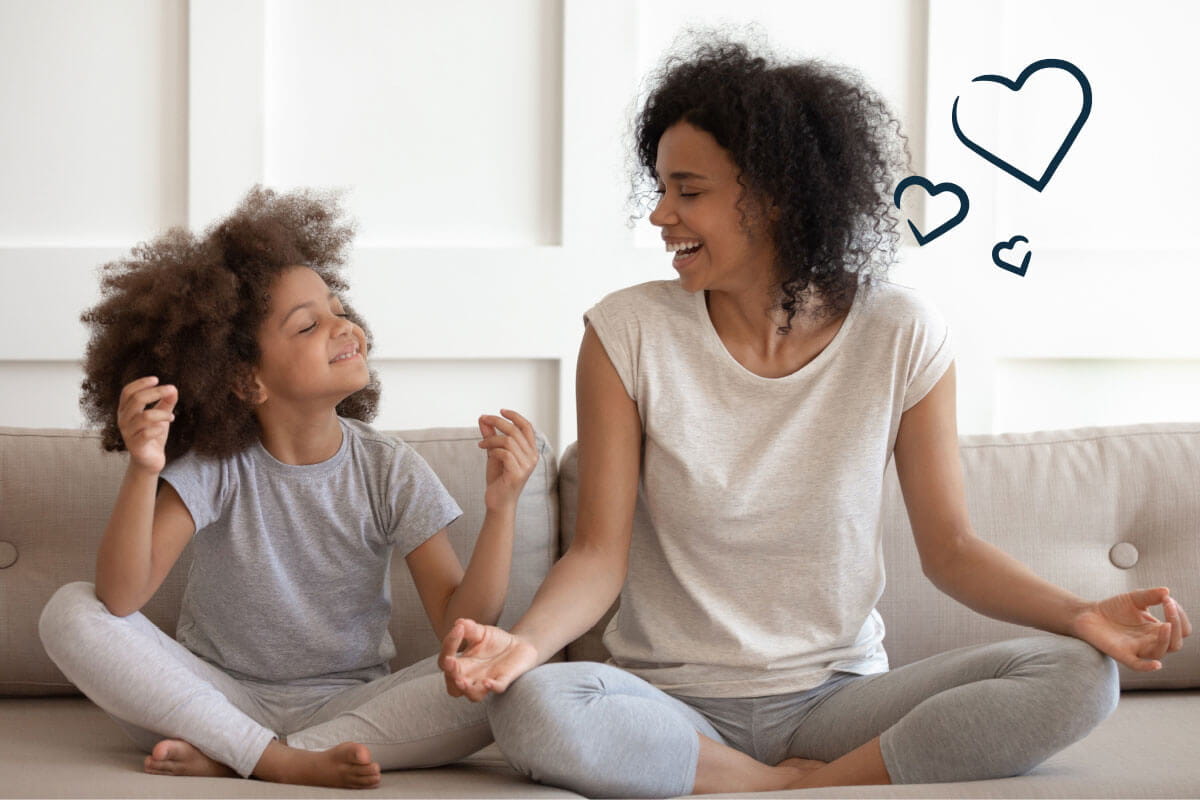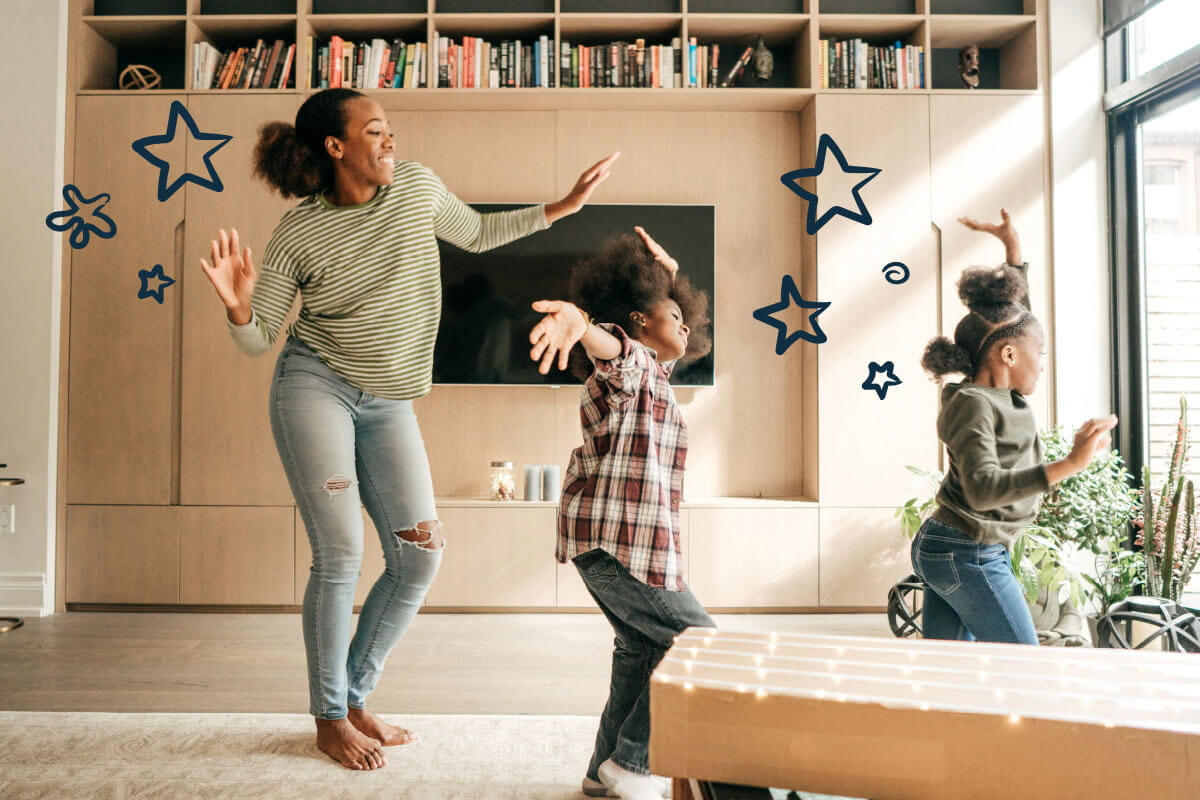From Chaos to Calm: Creating Space for Mindfulness

We love the idea of helping kids practice mindfulness every day—pandemic or not—and we’ve got expert educators to explain why it’s so important for growing minds! To start a mindfulness practice with kids, it’s important to first make space for it. So, we’ve partnered with IKEA Family and the home furnishing experts at IKEA to inspire ideas for creating a calm, cozy space your kids (and you) can count on for finding peace and joy.
Learn why mindfulness matters for kids.
Right now, everything happening outside your home can be overwhelming for everyone in your family. When you need to destress, you might go for a run, call a friend to vent, or just take some alone time.
Children need to decompress too, but they don’t always have the skills (yet) to regulate their emotions. When kids can practice mindfulness (noticing feelings, naming emotions, or asking for help with coping skills), they’re strengthening a critical part of their brain that links directly to improved long-term mental health and relationships.
While we can’t know what’s to come in the world, establishing a dedicated safe, cozy, calm space for your child can give them a physical space to practice mindfulness and teach them how to deal with their feelings.
Create a calm, cozy space at home.
Sometimes, a little peace and quiet is all kids need to feel good again! When you give your child a place they can choose to use for sorting through their feelings, you empower them to become independent thinkers and tune in to their emotions.
Create a space
Look for a quiet, safe spot in your home that you can dedicate to your child and have them help pick where the calm space should go! It doesn’t have to be big, but it should be cozy and calm. Stock the space with a few calming essentials like:
- Pillows and blankets
- Favorite plush toys
- Pictures of loved ones: family, friends, or pets
- Emotions charts
- Noise cancelling headphones or earmuffs
- Paper and coloring materials
- Sunglasses and/or a hat to wear for kids who like to block out bright lights or to just “disappear” for a moment
- Homemade manipulative fidgets made of yarn and pipe cleaners, resealable bags filled with hair gel and food coloring, sensory bottles (oil, water, food coloring, glitter, small toys)
- Homemade stop/go sign for kids to indicate when they’re ready (or not) to talk.
- Visit IKEA for more ideas on creating an at-home sanctuary for little kids!
Now that you’ve got a calm space set up, your child can choose any calming toys or materials that work best for them (and that you approve of). Talk with your child about what the space can be used for (taking time to relax, think about feelings, or rest) and any rules for the area (maybe no snacks, no screens, no loud noises).
As your child grows, you can continue to evolve the calm space, observing which tools and strategies work best and which need revisiting.
REMEMBER: This is not a time-out or discipline space! It should be used like a “reset button” for kids to check in with their feelings and thoughts, and practice self-regulation.

Relax together to feel better!
To make a habit of practicing mindfulness with your child, pick a set time to do activities in the calm space every day. Ask your child if you can join them for quiet activities in their calm space like:
- Reading books
- Telling stories
- Listening to calming music
- Doing yoga
- Breathing deeply
- Sharing gratitude
Keeping to a schedule provides children with a sense of order. You can also look to the future by planning activities you’ll do together (like taking a family vacation or visiting relatives) once it’s safe to return to normal routines.
Looking for more? Check out this terrific mindfulness practice you can do every day with children of all ages.

Whether you're at home or looking for care, KinderCare is here for you. Check out our at-home activities or get them delivered to your inbox each week when you join our email list!






.jpg?la=en&h=800&w=1200&hash=799F5BD6E84A71FB0D1C8E657FE7F226)
